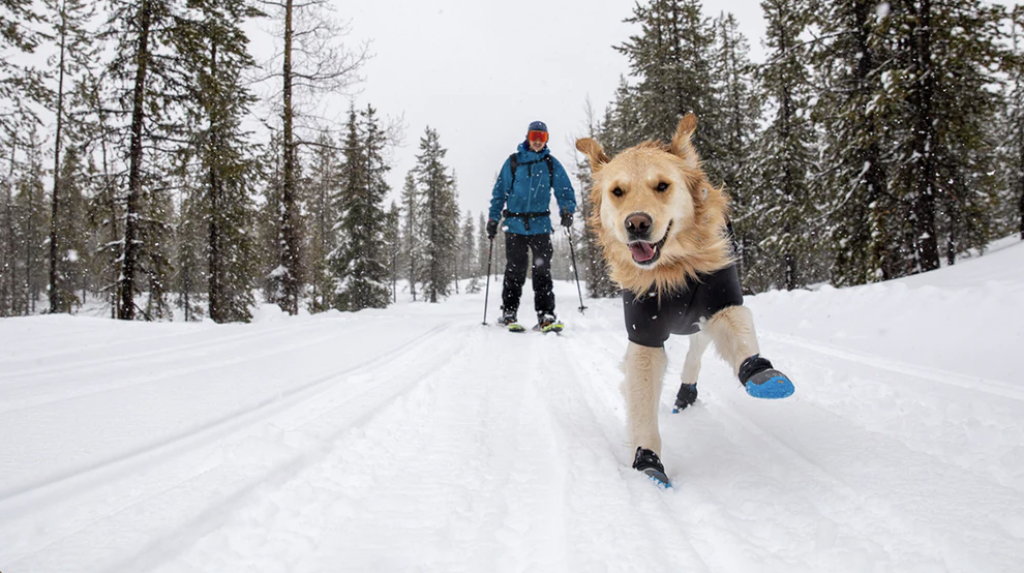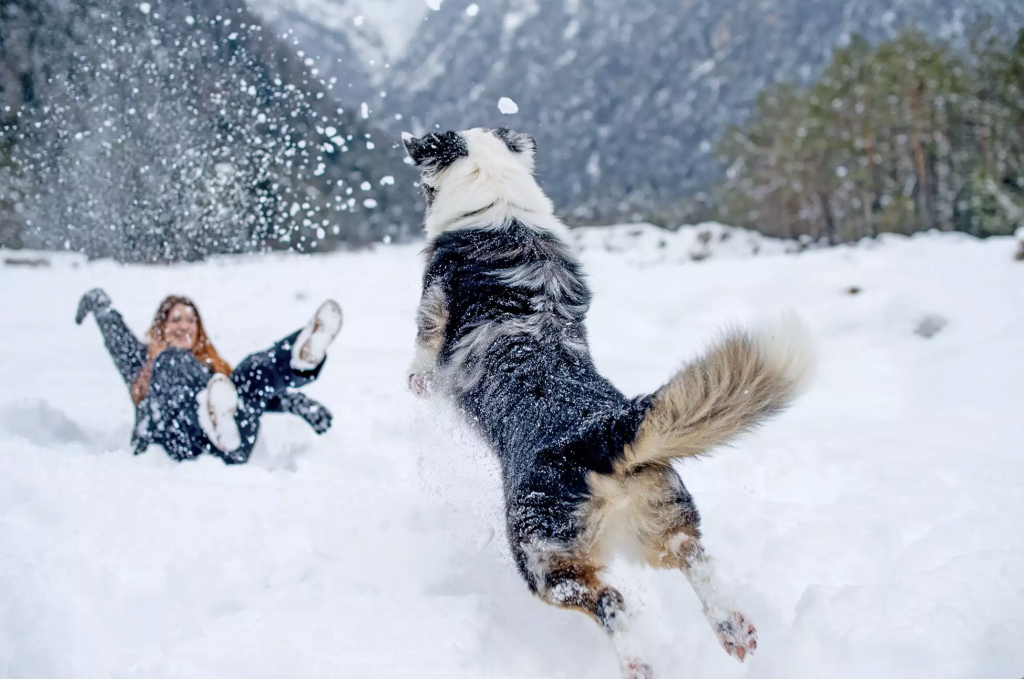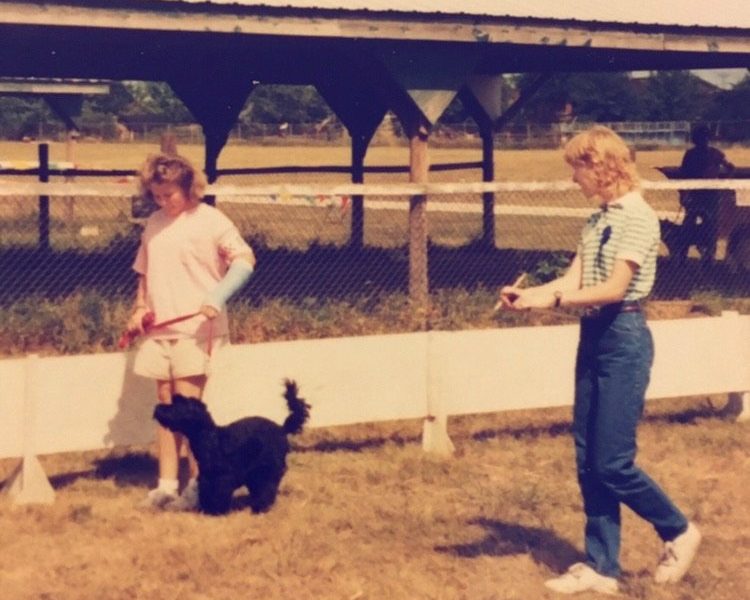Agility training is a popular canine sport that involves a dog navigating through a course of obstacles. These obstacles may include jumps, tunnels, weave poles, and contact equipment such as seesaws and A-frames. Agility training offers a range of benefits for both dogs and their owners, including physical exercise, mental stimulation, and improved communication between the dog and owner. In this article, we will explore the benefits of agility training for dogs in more detail.

Physical Exercise
One of the primary benefits of agility training is the physical exercise it provides for dogs. Agility training requires dogs to run, jump, and climb over obstacles, which helps to build strength and stamina. This type of exercise is particularly beneficial for dogs that may not get enough exercise through regular walks or playtime. Dogs that participate in agility training tend to be healthier and more physically fit than those that do not.
Mental Stimulation
In addition to providing physical exercise, agility training also provides mental stimulation for dogs. Dogs are intelligent animals that thrive on mental challenges, and agility training offers a variety of mental challenges that can help to keep a dog’s mind sharp. For example, dogs must learn to navigate through the course of obstacles in a specific order and respond to their owner’s commands. This type of mental stimulation can help to prevent boredom and keep a dog mentally engaged and active.
Improved Communication
Agility training can also help to improve communication between a dog and their owner. In order to successfully navigate through the course, a dog must be able to understand and respond to their owner’s commands. This requires the dog and owner to work together closely, which can help to build a stronger bond between them. Agility training can also help to improve a dog’s responsiveness to their owner’s commands, which can be useful in other areas of training as well.

Improved Confidence
Agility training can also help to improve a dog’s confidence. Dogs that participate in agility training learn to overcome obstacles that they may have been initially fearful of. Through repetition and positive reinforcement, they learn that they are capable of navigating through the course successfully. This can help to build their confidence not only during agility training, but also in other areas of their life.
Socialization
Agility training offers an opportunity for dogs to socialize with other dogs and people. Dogs that participate in agility training meet other dogs and their owners, which can help to improve their socialization skills. This is particularly important for dogs that may be shy or nervous around other dogs or people. Agility training provides a safe and controlled environment for dogs to interact with others and learn how to behave appropriately.
Reduced Destructive Behavior
Agility training can also help to reduce destructive behavior in dogs. Dogs that are bored or not getting enough physical or mental exercise may engage in destructive behavior such as chewing or digging. Agility training provides a way for dogs to burn off excess energy and mental stimulation that can help to prevent destructive behavior.
Improved Overall Behavior
Finally, agility training can help to improve a dog’s overall behavior. Dogs that participate in agility training tend to be more obedient and responsive to their owner’s commands. They also tend to have better self-control and are less likely to engage in unwanted behaviors such as barking or jumping. This is because agility training requires a high level of focus and discipline, which can translate into improved behavior in other areas of a dog’s life.

In conclusion, agility training offers a range of benefits for dogs and their owners. From physical exercise to mental stimulation, improved communication to reduced destructive behavior, agility training can help to improve a dog’s overall health and well-being. If you’re interested in trying agility training with your dog, be sure to find a qualified trainer who can help you get started.

